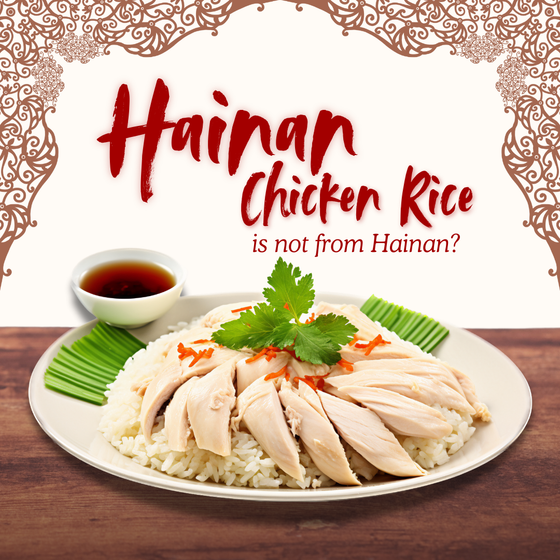A Symbol of New Life: The History of Easter Eggs

Easter eggs, a beloved symbol of the Easter holiday, have a rich history that dates back to ancient civilizations and pagan traditions. The egg, as a symbol of new life and rebirth, has been a part of spring celebrations for centuries. Ancient cultures such as the Egyptians, Persians, and Greeks decorated eggs as symbols of fertility and the cycle of life.
The tradition of decorating eggs for Easter was adopted by early Christians as a way to celebrate the resurrection of Jesus Christ. Eggs were often dyed red to symbolize the blood of Christ shed on the cross. In medieval Europe, eggs were forbidden during Lent, so people would hard-boil them to preserve them. After Lent, the eggs would be decorated and given as gifts.
Today, Easter eggs are a central part of the Easter celebration in many cultures around the world. They are often dyed or painted in bright colors and used in Easter egg hunts and other festive activities. Easter eggs continue to be a symbol of joy, hope, and new beginnings, connecting us to ancient traditions and the enduring spirit of Easter.
Decorating Easter eggs is a fun and creative activity that you can do with your family and friends. Here's a basic guide to get you started!
Materials Needed:
- Hard-boiled eggs (cooled to room temperature)
- Egg dye or food coloring
- Vinegar
- Cups or bowls for dyeing
- Wax crayons or white crayons
- Stickers, stencils, or rubber bands (optional)
- Paper towels or newspaper to protect surfaces
- Egg carton or drying rack
Instructions:
- Prepare the Dye: In separate cups or bowls, mix water, vinegar, and food coloring to create different colors of dye. The vinegar helps the dye adhere to the eggshell.
- Decorate with Wax Crayons: Use wax crayons to draw designs or write messages on the eggs. The wax will resist the dye, creating a beautiful pattern once the egg is dyed.
- Dye the Eggs: Carefully lower the eggs into the dye, using a spoon or tongs. Leave them in the dye for a few minutes or until you achieve the desired color. For a more vibrant color, leave the eggs in the dye longer.
- Add Patterns with Rubber Bands or Stencils: For a striped or patterned effect, wrap rubber bands around the eggs before dyeing them. You can also use stencils to create shapes or designs on the eggs.
- Let the Eggs Dry: Place the dyed eggs in an egg carton or on a drying rack to dry completely. Avoid touching the eggs while they are wet to prevent smudging.
- Optional: Add Stickers or Embellishments: Once the eggs are dry, you can add stickers, glitter, or other embellishments to further decorate them.
- Display or Enjoy: Your decorated Easter eggs are now ready to be displayed as part of your Easter decorations or enjoyed as a festive snack!
Remember to handle the eggs with care to avoid cracking them, and have fun getting creative with your designs!
Leave a comment
Comments will be approved before showing up.
Also in News

Hainanese Chicken Rice is not from Hainan?
Did you know, despite the name, the version we eat in Singapore didn’t exactly come from Hainan?

Fried Chicken & Freedom: Honouring Juneteenth Through the Foods That Tell Its Story
As we celebrate Juneteenth, let’s remember: dishes like fried chicken carry stories — of oppression, resistance, and ultimately, freedom. Sharing them is a way to honour the past while keeping cultural memory alive.

Zongzi: A Delicious Lucky Charm
Wrapped in leaves, filled with luck. More than just a snack, it’s a bite of history!
